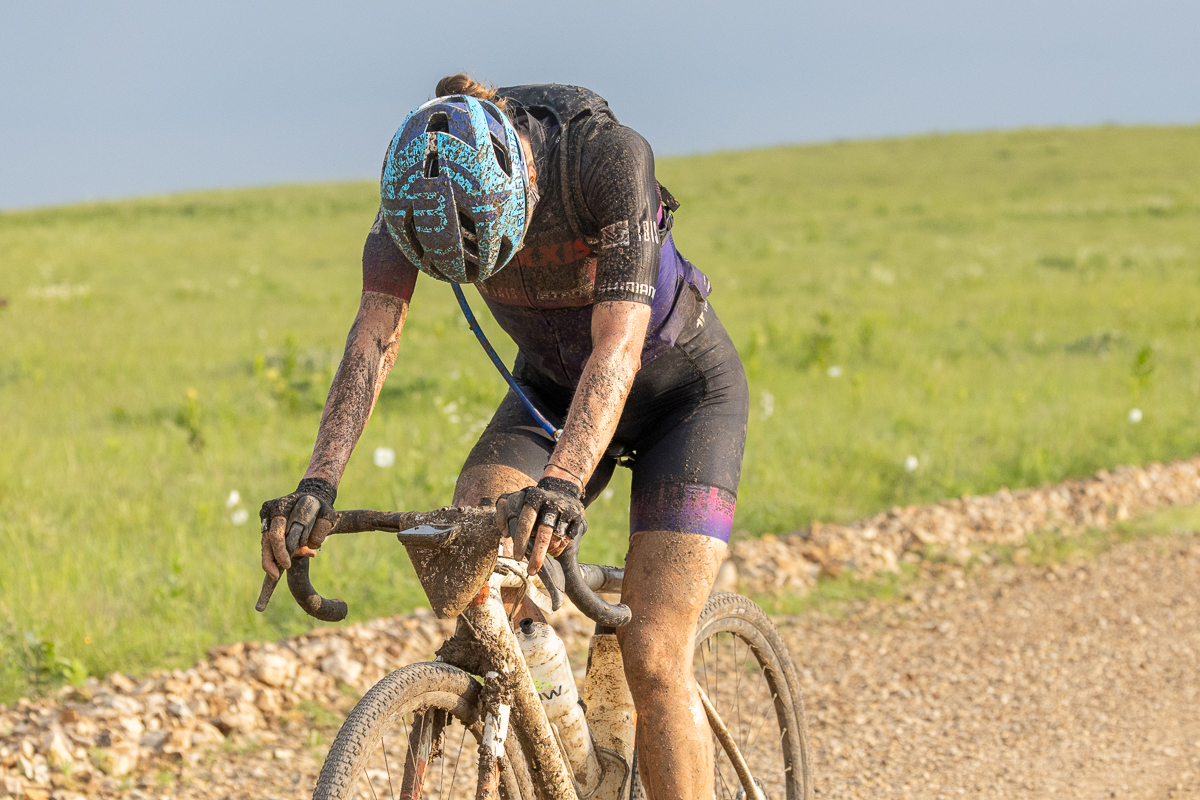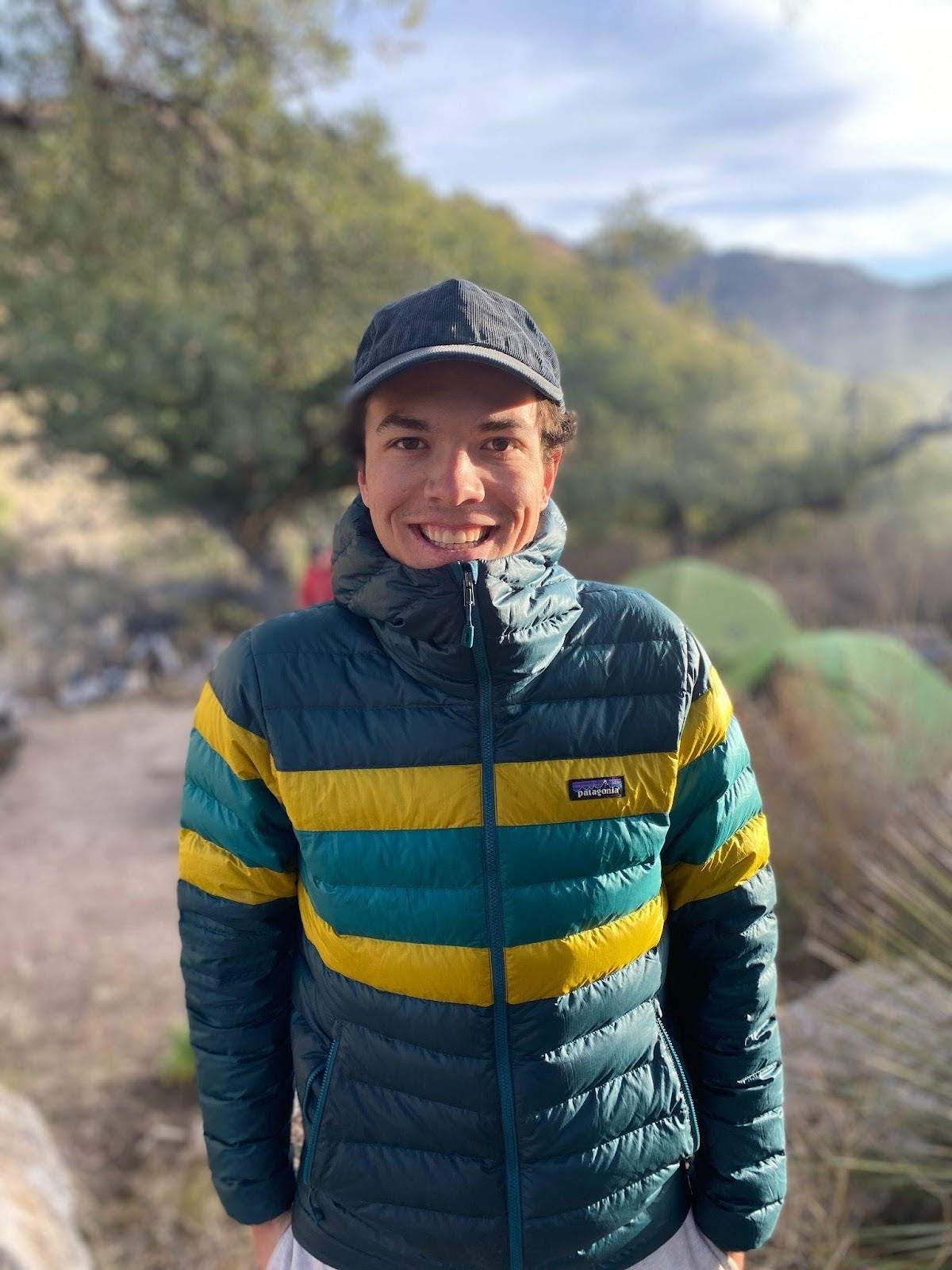Is Unbound too 'epic'? Legends of gravel race defend its difficulty and revisit its gnarliest editions
'It's good that we get a hard one every couple of years to remind people this event is not easy’


Unbound Gravel was built to be epic. When it was first ridden in 2006, the event lacked all the trappings of an elite sporting event. In fact, it was built as an antidote to what existed, offering instead an all-day, all-consuming, self-supported adventure in the beautiful and barren Flint Hills of Kansas.
From a glorified group ride that was run on printed-out queue sheets and visits to general stores, the event has grown to the elite event that it is today. Yet, a certain degree of self-sufficiency, bike-fixing know-how and sense of adventure is still required. Organizers even demand that riders in many of the race distances bring or hire a support crew to get them back to Emporia, should something go awry.
These parameters have built the legend of Unbound since its 2006 origins, and 2023 was yet another one that will live in infamy. The gravel race was slowed to a crawl by a mud bog. The sticky clay mixture clogged many bikes almost immediately, rendering them unrideable. Worse than losing a race position or two, there were riders crashing, derailleurs being ripped off, broken frames, and all-around carnage.
Many were quick to call the race one of the most challenging editions of the race.
"I sincerely hope that this will be the hardest physical and mental challenge I will ever complete. That was simply… insane. Carnage. I am a broken woman," said mountain bike Olympian Haley Smith post-race.
But how tough was it really? In a race with legendary tough conditions, Unbound veterans share the gnarliest editions of years past as we look ahead to what 2024 may bring.
‘2023 was nice – it is the heat that scares the sh$t out of me’

“If we want to be truthful, we need to admit the mud was worse in 2015,” Yuri Hauswald, Gravel Hall of Famer and six-time finisher of the 200-mile race, says.
The latest race content, interviews, features, reviews and expert buying guides, direct to your inbox!
"This is not my attempt to insert myself into the gravel beef, nor do I want to cast shade on anybody. But it's the truth. I remember having snowshoes of mud and prairie grass stuck to my feet. I could barely lift my feet – it was f***ed.
“But you find your way through it, and maybe my memories are a little rosier from that year because I won in a sprint finish, but I know plenty of people who didn't stand on the podium and are super proud of getting through that mud year.”
Dan Hughes, another legend within the gravel community and a winner of the event on multiple occasions, claims the 2009 edition was the worst,
“In 2009 we went North for the first time and the humidity was high and people were just laying by the side of the road, cooked,” Hughes says. “There wasn't any weather, it was just hot. I understand, every athlete wants a clean race and wants all their training and preparation to go in the right direction, but it's a race in Mother Nature and sometimes you just need to adapt and move forward.
“There is no way to understate how tough the race was, depending on where you were in the time curve, you were either ahead of it or behind it, but I can think of a lot of years with much more attrition. There wasn’t anything in 2023 that would really slow you down more than a couple of minutes of hiking.”
People came unprepared and did not understand what the event was, but mud is doable; heat can really really hurt you.
Kristi Mohn
After speaking with the most experienced riders of Unbound, those who have colored the event through the years, 2023 quickly seems like it was not an exception, but rather the rule. With a slight change in perspective, however, it is easy to see how the riders of the 100- and 200-mile races got lucky with the conditions once again (—sorry, XL-racers!—), as the truly difficult conditions come when the temperature is turned up.
“If you want my honest opinion, the weather [in 2023] was nice – it is the heat that scares the shit out of me,” Kristi Mohn, Unbound’s co-director, says.
Mohn has been involved in Unbound since 2008 and has been instrumental in growing the event's popularity. She's also a gravel racer herself and the partner of a many-time finisher. As such, she has seen many sides of the event’s story.
“Part of me feels sorry about those who struggled in the mud, because people came unprepared and did not understand what the event was, but mud is doable; heat can really really hurt you,” she says. “The last heat year we had was 2009, and the winner's finishing time barely beat the sun and he was a great athlete. The finish rate was 14% and the time was well over 14 hours, so putting it in perspective part of unbound is playing with the elements. The truth is when the real feel is over 100 the temperature is crushing.”
While both 2009 and 2015 loom large amongst many of the experienced Unbound core, the difficulty of one single edition is less important than the year-in-year-out challenge the race tosses up. Difficulty plays an inescapable role in defining what the race means and how a race that runs across the American prairie has become the premier gravel race in the world.
“In previous years the typical rider was more of an adventurous rider at heart,” Rebecca Rusch says of her experiences at Unbound. Rusch is a former winner of the 100-mile, 200-mile and the XL versions of the race.
“Now, there are a lot of new people coming into gravel, which is amazing, but maybe they don't have the same experience as those earlier gravel riders had. I also think people are really pushing the equipment to get that performance gain. When I did Unbound for the first time there weren't any pros, there were just people who wanted to complete the 200 miles.
“People are now pushing to be as light and fast as they can. I remember when Ted King came to his first one and I was helping him and he was like ‘do I really need to wear a hydration pack?’”
A celebration of tenacity

After the 2023 Unbound, the mud pit turned out to be the big storyline from the weekend with everyone ready to weigh in on whether or not the stretch of road which caused the havoc in Kansas should have been removed before the race.
Two of the most public criticisms came from former WorldTour rider Nathan Haas and Sofia Gomez Villafañe, the winner from 2022. Villafañe criticized the organizers for not choosing to go around the mud and proposed other race changes, including a separate Friday start and a shorter race distance for the pro women. Haas argued that “no bike company designs bikes to be able to handle those conditions.” Those particular comments left some of those who had been around the event for years scratching their heads.
“When you come into an event like this, you need to embrace what Mother Nature throws at you, that is it,” Mohn says. “We shouldn’t be detracting from those who got it done, especially because there are positive lessons in not finishing. I keep hearing about the people who are upset that they spent all the money and had to face the conditions, and I just keep thinking people need to do their homework. I was shocked.
“We have the legend of 2015, the year of the mud, and as frustrated as people were, it turned into a celebration of tenacity and we missed an opportunity to celebrate overcoming adversity. Everyone is facing the same obstacles, the only difference is in the duration and what you can handle with your ability. It lets you connect with bigger ways to be connected with other athletes because everyone goes through it. That adversity is what gives a shared perspective.”
I know people call it gravel, but it's not just gravel – the adventure is part of the bill.
Rebecca Rusch
Hauswald, who runs camps to verse amateurs in all the ins and outs to successfully complete the 200-mile race echoed those sentiments.
“Obviously, I am passionate about this event, but to make demands to change the very format that made it one of the hardest and most beautiful gravel events is really selfish and short-sided,” Hauswald says.
“You have to deal with it. If you make poor decisions, you might rip a derailleur off, which does suck. And that makes me feel really bad for amateurs, but, to be honest, with the right know how you can fix most things and keep moving. You surf the edges, you walk in the tall grass, you keep it wet and that does enough to keep some of the mud off of it. A positive attitude is what gets you through it, whether you're riding or walking.”
Rusch had a slightly different way of looking at the outroar around the difficulty of Unbound. For the ultra-endurance racer who has made a living on the edge of cycling’s outer, most extreme edge, it is all about the way in which we look to categorize the sport itself.
“I guess what I would say to the people who are complaining about the rain and walking their bikes is that this is an adventure ride,” she says “I know people call it gravel, but it's not just gravel – the adventure is part of the bill. They signed up for navigating, for fixing their own flats – that’s what they should have signed up for because it is what it actually is. If they don’t want that adventure, don’t come.
“To finish the 200 miles at Unbound is to have a transformative experience. It's so long and so hard, even in good conditions, that it can’t help but be transformative and that’s really why people keep coming back. Come with that mindset that it won’t always go to plan, you will learn how to fix a tire and learn how to make your bike into a single speed, so you can do it again better the next time.”
The changing meaning of gravel racing

Rusch isn’t alone in the context where she places gravel racing. Hughes, who is still very much involved in the gravel community as a racer and photographer, sees the issues around our disconnect with the growing history of the sport that seems to be at odds with what the contemporary news cycle sees the discipline of gravel as.
“There are people in the gravel history books who have built the sport on this mentality,” he says. “[Unbound organizers] want everyone to have a shot to make it to the finish, but they don’t have a duty for everyone to make it there and nothing on the course was unpassable.”
“I remember in 2015, the mud year, I was riding with Steve Getzelman. He turned to me and says, ‘You know what, it's good that we get a hard one every couple of years to remind people this event is not easy.’”
While 2023 will stand out in the memory of many, 2024 could serve as an even sterner test as the course is billed as one of the toughest, with much more climbing and rough rocks awaiting riders as the course points north instead of the mud. Yet, regardless of the design, mud and heat will always be variables that define Unbound.
“Over the past couple of years, for whatever reason – we have had some easy ones. The number of people I saw wearing road shoes and road cleats got me thinking, ‘Mmh, not a choice I would make.’ But that’s the nature of gravel. It exploded and is growing quickly, which is great because it has brought so many people under the tent. But they don’t know what could go sideways.”

Logan Jones-Wilkins is a writer and reporter based out of the southwest of the United States. As a writer, he has covered cycling extensively for the past year and has extensive experience as a racer in gravel and road. He has a Bachelor of Arts from the University of Richmond and enjoys all kinds of sports, ranging from the extreme to the endemic. Nevertheless, cycling was his first love and remains the main topic bouncing around his mind at any moment.